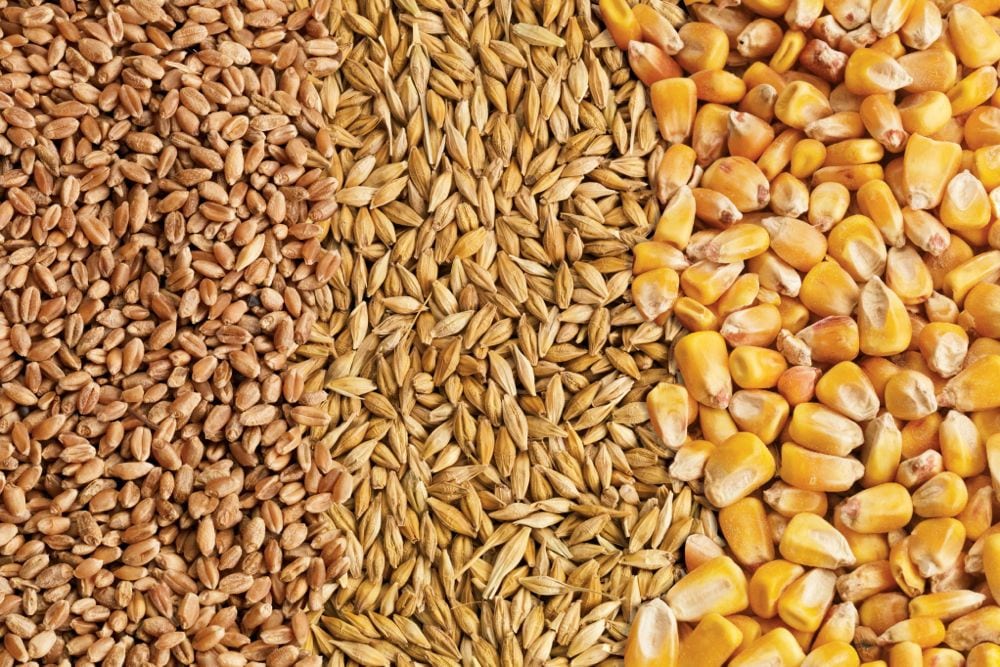The status of winter annual weeds, and the progress of nitrogen application on wheat, were two of the key topics at the latest biweekly meeting of certified crop advisors (CCAs) and provincial ministry staff, near Exeter, Ont.
This marked the second such meeting of dealers, retailers and consultants, yet in the time between this meeting and the year’s first on April 16, the region north of London still saw snow, freezing rain and ice pellets, along with periods of heavy rain. Facing such conditions along with colder-than-normal temperatures, few farmers have been able to get on their land.
Read Also

Feed Grains Weekly: Good export demand pushing up domestic prices
Prices for feed barley and wheat have been trending higher lately, said analyst Jerry Klassen of Resilient Capital in Winnipeg.
Still, reports from various sources during the meeting suggested an average of 30 per cent of the wheat acres in the region have had nitrogen applied, and that there have been a few acres of corn planted, along with some new forage seedings.
Acreage on spring cereals is down, and seeding has been further delayed with the poorer-than-normal weather.
The news on winter annual weeds is that they’ve bolted, which translates into a very difficult scenario for controlling them. That led to a suggestion there needs to be a greater focus on fall weed control on the part of growers. It’s estimated that less than five per cent of wheat gets a fall weed treatment. As it stands now, annuals are germinating, with lady’s thumb and lamb’s quarters the easiest to spot in the fields.
There’s also some yellowing or browning of wheat in wet spots on lower areas or on heavier soils. Much of that is the result of those above-normal precipitation events (rain, snow, ice pellets) during April. But the belief is that drier, warmer weather will help with conditions, and that yields should recover.
Thus far, Agricorp reports wheat damage claims are extremely low; provincially, only three per cent of hard red winter wheat acres have been reported and less than one per cent of soft wheat acres have had damage reports filed. In a normal year, damage reports stand around seven to eight per cent. In 2012, the damage at this point of the year was 11 per cent.
The news on wheat is particularly encouraging in spite of the late start in Ontario (and across the country). According to a report from Reuters on May 1, the Kansas wheat crop has been called a disaster in some areas of the state. During a late April tour through wheat fields, scouts found five fields in three counties with an expected average yield of just 16.8 bushels per acre. Last year, that same tour estimated average yields for that region at 39.9 bu./ac. This year, the highest yield estimate was 25.7; the lowest was zero.
During the discussion on soybeans at the meeting, it was also announced there is a soybean cyst nematode (SCN) survey being conducted in Huron County. The findings indicate more fields exhibiting SCN than originally thought. For the past three years, some growers have been growing mostly SCN-tolerant varieties, primarily on fields along the lake and those with lighter soils.
— Ralph Pearce is a field editor for Country Guide at St. Marys, Ont.













